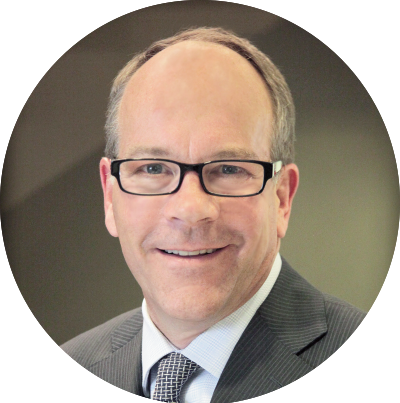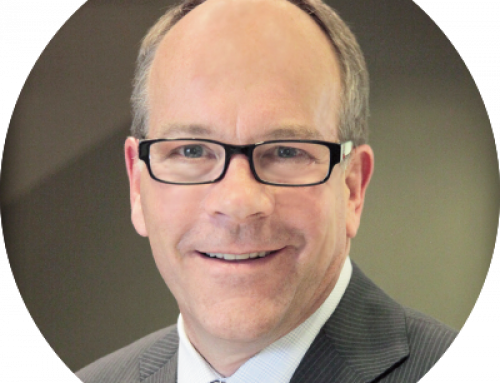We’ve written about it over and over, and while many advisors seem to understand, the media, politicians, and many analysts don’t…or won’t. So, we thought we’d try again to explain why so many people don’t understand the nearly ten-year long bull market in U.S. equity values.
Conventional Wisdom places the blame for the 2008 Financial Panic at the feet of Wall Street, and heaps praise on QE, TARP, and bank stress tests for saving the world. It has been repeated so often that even many conservative/libertarian analysts have succumbed to thinking the crises was papered-over by government money and that any day now the “sugar high” will come to an end.
This is why “corrections,” like the US stock markets experienced late last year generate so much fear. There is a cadre of traders, media-types, and just plain old hangers on who can’t wait to be the next Nouriel Roubini and make one great call in a row.
What makes it worse is that the truth is there for the taking, but the conventional wisdom simply ignores it. In Peter Wallison’s book “Hidden in Plain Sight,” he very clearly shows it was Fannie Mae and Freddie Mac who pushed the subprime loan space. Congress and HUD urged mandated that Fannie and Freddie buy more subprime paper, and by 2007 – along with the federal government – they owned 76% of it. Yes, Wall Street is culpable too, but government drove the marketplace. Wall Street simply wouldn’t have been issuing these bonds without Fannie and Freddie’s voracious appetites.
Even Ben Bernanke has argued that subprime loans themselves weren’t large enough to take down the system. He blames derivatives, undercapitalization, and interconnected banks. By his verdict, the government gets off scot-free.
But this completely ignores the role that FASB 157, otherwise known as mark-to-market accounting, played. Mark-to-market accounting forces banks to take a few bids from the marketplace and use those bids to value assets. Cash flow doesn’t matter, underlying asset values don’t matter. And what happened was a disaster. The market for loans froze, and even assets that were still paying on time sold at fire-sale prices.
If a bank owned a pool of 1000 mortgages and 300 of them defaulted (which given the collapse in underwriting standards by Fannie and Freddie wasn’t impossible to expect), then that pool still payed 70 cents on the dollar. But, because the market was frozen, bids fell into the teens for an asset paying 70 cents in cash. FASB 157 forced banks to take the “bid,” push it through their income statement, and subtract the losses from capital. This, in turn, created the bigger problems. There was no willingness to invest in banks when, at any time, they could be wiped out by mark-to-market losses. The fire became an inferno.
This was a capital problem, not a liquidity problem. But, the Federal Reserve started Quantitative Easing anyway in September 2008. Hank Paulson pushed the $700 billion TARP bill through that October. Nonetheless, the market kept falling. The S&P 500 fell an additional 40% afterTARP – bank stocks fell 73%. QE and TARP weren’t the cure.
It was March 9, 2009, when Barney Frank’s Financial Services Committee announced a hearing with FASB on this really dumb accounting rule, that the market turned around. Yes, it’s true that the actual rule wasn’t reversed until April, but on March 9th the financial markets realized the change was coming.
What happened after that is recorded for history. The market is up 300%, banks healed, asset values rose, and a “normal recovery” began. New technology – fracking, apps, 3D printing, the cloud, smartphones – lifted productivity and profits, and stocks responded. It was notQE that lifted the stock market; TARP didn’t save the banks.
Unfortunately, because so many Republicans back the government-led version of history, many younger Americans have come to believe that free markets fail, and governments can engineer growth. No wonder there are so many fine young thinkers who seem to back socialism these days. After all, even Republicans support government intervention. President George W. Bush defended TARP by saying we had to “violate free market principles in order to save the free market.”
Nothing could be further from the truth. Either you believe in free markets, or you don’t. The Bush administration and its supporters bowed to the popular, but false, narrative. They have yet to find a way to explain their positions. As a result, socialist tendencies are rising in America.
Brian S. Wesbury, Chief Economist
Robert Stein, Deputy Chief Economist




